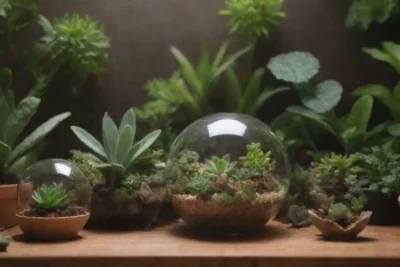
How to Host a Succulent Terrarium Workshop with Friends
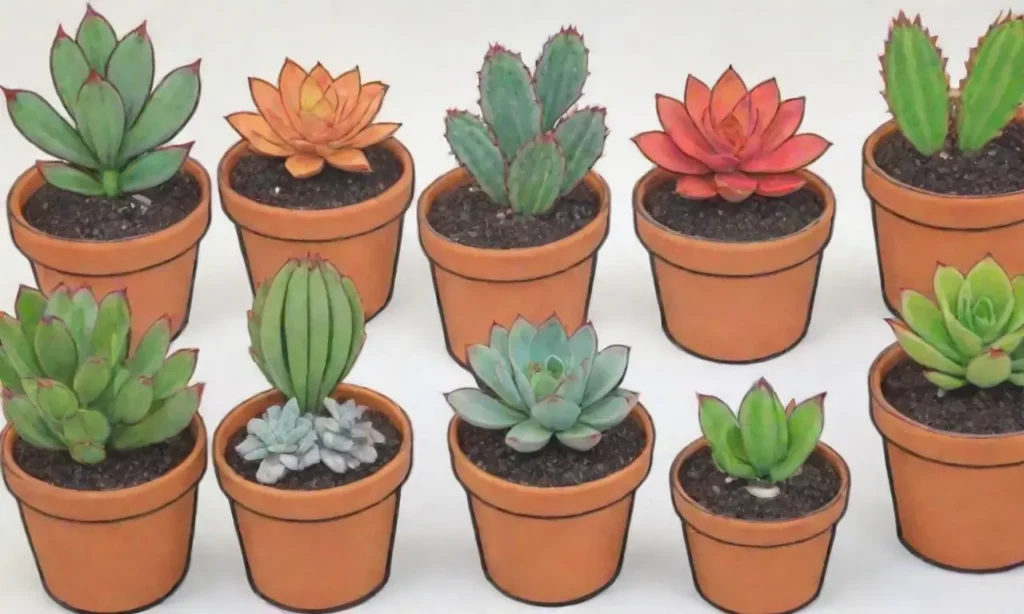
Introduction
Succulent terrariums have surged in popularity as a means of bringing the beauty of nature indoors. These miniature gardens encapsulate vibrant greenery in glass containers and serve not only as delightful decorative pieces but also as fun crafts that can be enjoyed with friends. Hosting a succulent terrarium workshop offers a fantastic opportunity to connect creatively, learn about these unique plants, and foster friendships while cultivating a green thumb right at home.
In this article, we will explore the ins and outs of hosting a successful succulent terrarium workshop. We’ll discuss everything from the initial planning stages, the materials you will need, developing the session structure, and tips on making the event enjoyable for all participants. By the end, you’ll be equipped with the knowledge to create a memorable experience that’s educational and fun for everyone involved.
Planning Your Workshop
Planning is the cornerstone of a successful event. The first step is to define the goal and scope of your workshop. Do you envision a casual gathering with friends to learn about terrariums, or do you want to incorporate more detailed discussions on plant care and design? Setting clear intentions helps you plan the activities and structure of your day.
Once you have a goal in mind, it's time to consider logistics. Determine the date and time that works for most of your friends. It's beneficial to send out a poll or ask informally to gauge availability. Afterward, think about the venue. Depending on your group's size and preferences, you can opt for hosting the workshop in your living room, backyard, or even a communal space like a community center. Ensure that the location has sufficient seating, ample light (natural preferably, as succulents thrive in bright conditions), and a comfortable atmosphere conducive to creativity and relaxation.
Additionally, factor in the duration of your workshop. A typical great experience could last about 2-3 hours, giving participants enough time to create their terrariums, socialize, and discuss care tips. During this time frame, you can break the workshop into sections, which will help maintain attention and allow for both structured learning and social engagements.
Gathering Your Materials
Every successful succulent terrarium workshop hinges on the right materials. Begin by creating a comprehensive list of everything you’ll need. Here’s a breakdown of the essential components:
Terrarium Containers
The first thing on your shopping list should be the terrarium containers. These can range from glass jars, bowls, and vases to hanging glass orbs. When selecting containers, remember that they should have enough space to allow for soil and plants while being aesthetically pleasing. Encourage participants to choose containers based on their personal style. You could even source some repurposed containers like mason jars or old fish bowls to add a rustic charm!
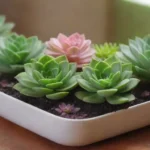 Mini Terrarium Designs: Small Succulent Displays with Impact
Mini Terrarium Designs: Small Succulent Displays with ImpactSucculents and Soil
Next, a beautiful array of succulents will form the heart of your terrarium. Select a variety of shapes, sizes, and colors to keep the workshop engaging. Some popular choices include Echeveria, Sedum, Haworthia, and Aloe. It’s prudent to have at least 2-3 plant options for each participant, allowing for some creative expression in their design.
You will also need high-quality soil designed specifically for succulents and cacti. This soil is well-draining, preventing roots from sitting in excess water, a critical factor for plant health. You can obtain it from local garden centers or even online retailers, ensuring you get enough for all participants.
Additional Supplies
Don’t forget additional supplies such as decorative gravel, activated charcoal (to reduce odors and absorb impurities), moss, and various decorative items like small figurines or stones for personalization. Gather tools such as spoons or small trowels for planting, gloves for handling soil, and watering cans or spray bottles. Organizing these materials beforehand will help everything run smoothly on the day of the workshop.
Structuring the Workshop
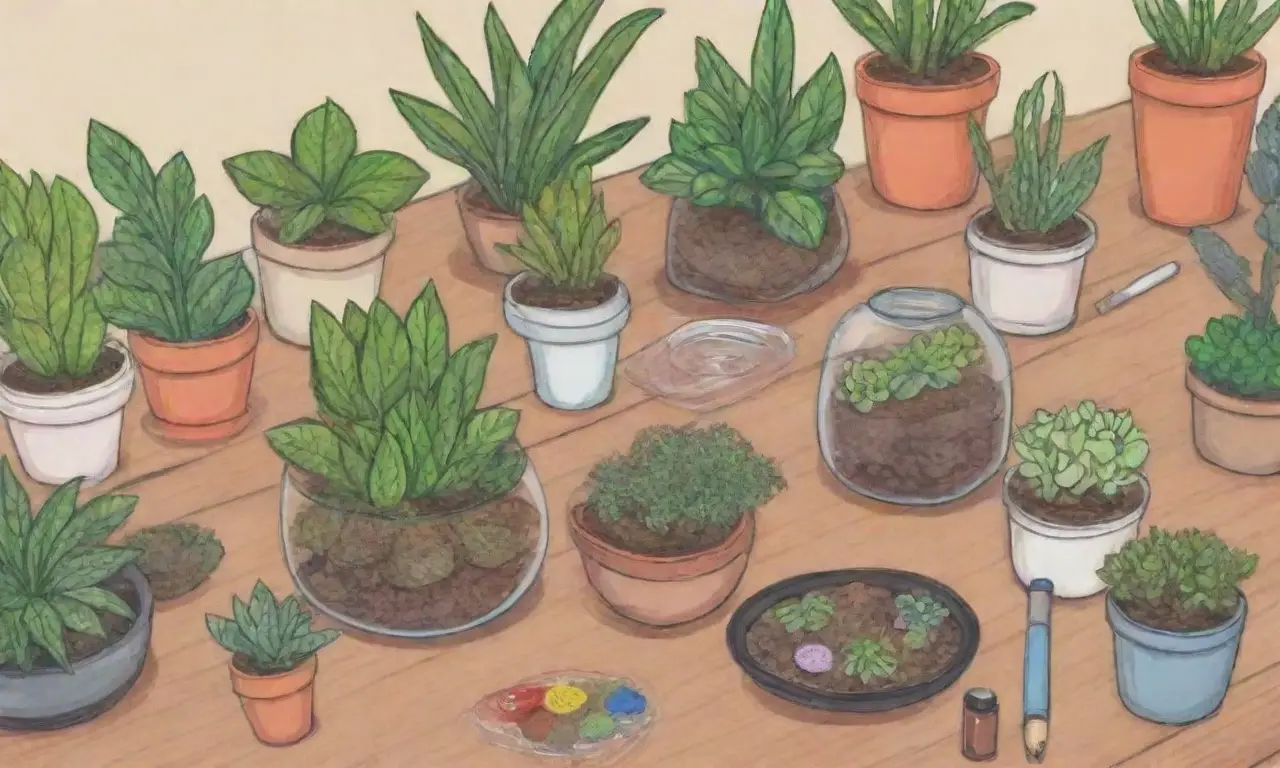
Having your goals set and materials sourced means you are almost ready to rock your succulent terrarium workshop! Now, it’s time to create an informative and engaging structure. It’s vital to balance instructional time with hands-on activities so everyone walks away with not only a beautiful terrarium but enhanced knowledge as well.
Introduction and Plant Care Discussion
Start the workshop with a brief introduction. Share your passion for succulents, the purpose of the workshop, and what participants can expect to learn. Following this, delve into a plant care discussion. Teach attendees about the unique care requirements of succulents, such as their need for well-draining soil, limited water, and bright light conditions. Sharing some interesting facts about different succulent types can greatly enhance their appreciation and understanding.
Hands-On Planting
Once the theory is covered, it’s time to get hands-on! Guide participants through the steps of creating their terrariums. Start with layering gravel at the bottom of the container; this ensures adequate drainage. Next, sprinkle activated charcoal to keep the environment fresh. Finally, top with the succulent soil, allowing participants to channel their creativity into arranging their plants. Encourage individuality; terrarium design is an art form! As the group works, circulate to offer tips, encourage questions, and promote conversations among attendees.
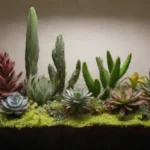 Going Vertical: Designing Hanging Succulent Terrariums
Going Vertical: Designing Hanging Succulent TerrariumsFinishing Touches and Show-and-Tell
Once everyone has designed their terrariums, invite participants to add finishing touches such as decorative gravel or figurines. This part makes the terrariums uniquely reflective of each person’s style. Afterward, have a fun show-and-tell session where each participant can present their creation and share their design choices. This fosters a sense of community and connection among the group through shared experiences.
Creating a Cozy Atmosphere
An often-overlooked aspect of hosting any workshop is creating a comfortable and inviting atmosphere. The environment greatly influences how much your friends will enjoy the experience, so invest some effort here!
Refreshments
First of all, consider offering light snacks and beverages. A selection of refreshments such as herbal teas, soft drinks, or even craft cocktails can keep the energy high and spirits bright. Simple finger foods like chips, veggie platters, or bite-sized pastries are ideal. If budget allows, include a few plant-themed snacks, such as cupcakes decorated like cacti!
Decorations and Music
Enhance the ambience with decorations that reflect the theme. Think earthy colors, plants, and simple flower arrangements that evoke a garden-like feel. In terms of music, create a curated playlist featuring soothing melodies or nature-inspired sounds. This subtle touch elevates the atmosphere and can significantly add to the workshop's enjoyment.
Engaging Energy
Finally, ensure everyone feels included and engaged. Start with an icebreaker, perhaps asking attendees to share their favorite plant or gardening experience. Being friendly and personable encourages everyone to participate, leading to laughter-filled conversations that will lead to lasting memories long after the workshop ends.
Conclusion
In conclusion, hosting a succulent terrarium workshop is not just about the end product, but it's equally about the shared moments spent together, filled with laughter and learning. Through meticulous planning, gathering the right materials, structuring an engaging session, and creating a cozy atmosphere, you can orchestrate a memorable gathering for you and your friends.
As your friends leave with their beautiful terrariums, they will take with them not just a green creation but also newfound knowledge and connections. The experience will also likely inspire them to delve deeper into the world of plants, enhancing their living spaces while fostering skills such as creativity and nurturing.
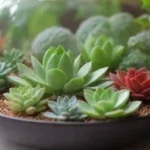 Terrarium Terrarium: Choosing Different Types of Succulents
Terrarium Terrarium: Choosing Different Types of SucculentsEncourage participants to check in with each other regularly, share their plant care successes or challenges, or even plan another plant-related gathering. Ultimately, a succulent terrarium workshop is a great way to strengthen friendships and celebrate the art of creativity, so get ready to enjoy a vibrant experience filled with fun, knowledge, and a dash of greenery!
If you want to read more articles similar to How to Host a Succulent Terrarium Workshop with Friends, you can visit the Terrarium Design category.

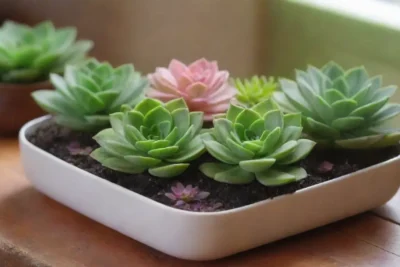
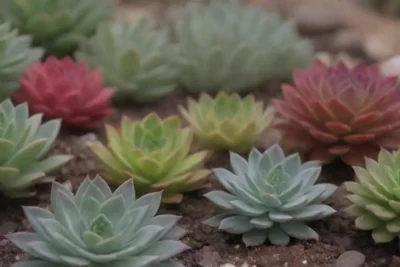
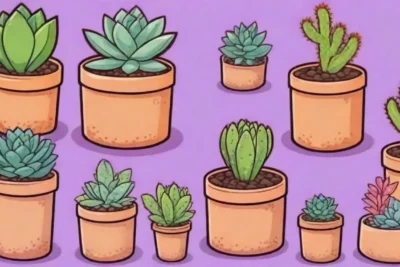
You Must Read